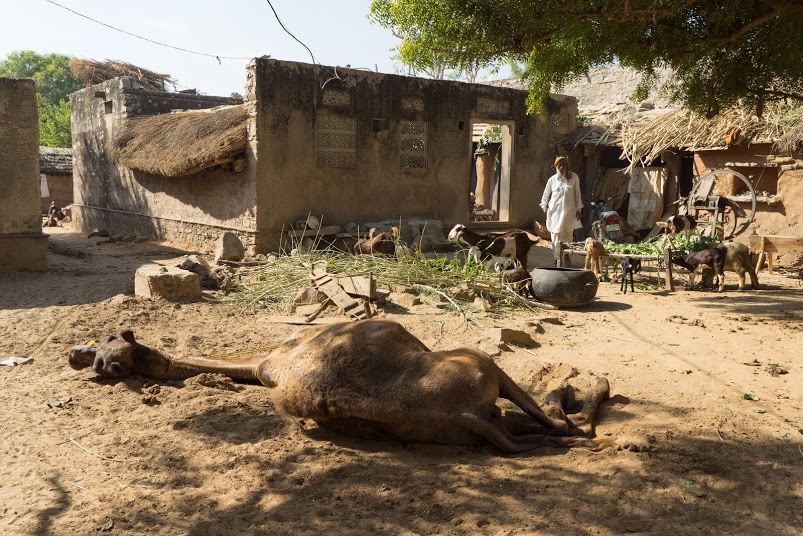
The Wicked Problem of Global Warming
24 November 2015
Over the last four, somewhat intermittent blogs, I had detailed the initiative taken by the Fourteenth Finance Commission in introducing a new factor, namely the extent and conservation value of forest cover, into the horizontal formula for distribution of central revenues to States. I ended by pointing out that while the introduction of this criterion was commendable in itself, it fell upon citizens to keep checking whether States that stood to gain, were using the funds for the protection of forests and not for accelerating their destruction.
However, let’s get real. This allocation represents a tiny fraction of the financial resources that needs to be kept aside for protecting the environment. Besides, the protection of the environment often depends not on budget allocation decisions of this nature, but on the crafting and enforcement of regulatory policies that aim to reduce adverse impacts. Before one begins to examine whether India is on the right policy path, it is necessary to pause and examine the vastness and wickedness of global warming and its impact on us.
First, for all the sceptics who question whether the earth is warming up or not – that included me too – there is now irrefutable evidence that it is. Nine years of the past decade have been the hottest ever in recorded history; that’s proof enough for me.
So, what is the impact that global warming might have on us Indians? Plenty, if one goes by simple statistics. First, is the fact that India depends heavily on regular monsoons for its agriculture, on which 60 percent of the population relies for their sustenance. Global warming will seriously affect the extent and the periodicity of rain. That will particularly affect the semi-arid areas of the country, largely in the western part and on the Deccan plateau. Second, the glaciers in the Himalayas are retreating. They provide life sustaining water to India’s most fertile areas, stretching from Punjab to West Bengal, covering UP and Bihar, India’s most populous States. Third, nearly 300 million people live on the coast. Three of India’s pulsating metropolises, catalysts of economic growth in their own right – Mumbai, Chennai and Kolkata – are coastal cities. They, along with other engines of growth – from Gandhidham to Cuttack, could be flooded out of existence due to rising sea levels.
We have a grim future ahead of us.
So what could we do about this? First, we could start with having fewer Indians on the planet. However, that is not likely to happen in the near future. While India’s birth rates have dropped, the sheer size of our population will ensure that vast numbers of Indians will continue to be born, well into the foreseeable future. While peninsular India has reached, or is likely to shortly reach stable population levels, the northern States have not. Uttar Pradesh and Bihar put together comprises 300 million people, which would make them the fourth most populous country in the world; after China, India sans Bihar and UP and the United States. They have the worst records in reducing of birth rates – Bihar’s birth rate actually increased marginally during the nineties, when in Andhra Pradesh, it dramatically dropped, due to better access to contraceptives and public education. We are therefore expected to surge inexorably to an eye popping level of at least 1.6 billion people – some say 1.72 billion – in the next forty years or so.
Second, we could consume less carbon-burning energy that we are doing at the moment, but that is a hard ask; it would be near impossible, and unfair. While India is a large contributor to greenhouse gases, at a per-capita level, our carbon generation, at 1.6 tons per person per year, is ten times lesser than that of the west. That is because we are poor – we have the largest concentration of poor people in the world – and it’s unfair to expect that we will curb emissions by the simple expedient of doing nothing about our poverty, just to make up for the huge amounts of carbon released by rich people into the atmosphere in the past.
So, our population will grow, and our energy consumption and its downstream carbon emissions must grow, if we are to meet the basic needs of poor Indians and they have to clamber out of poverty. Yet, while reversing our greenhouse gas emissions is near impossible, we must curb them.
I cannot think of a wickeder problem that confronts us today.
In my next blog, I will explore the dimensions of the choices we need to make, and the maze of confronting, often intractable, ideological positions one has to traverse.





